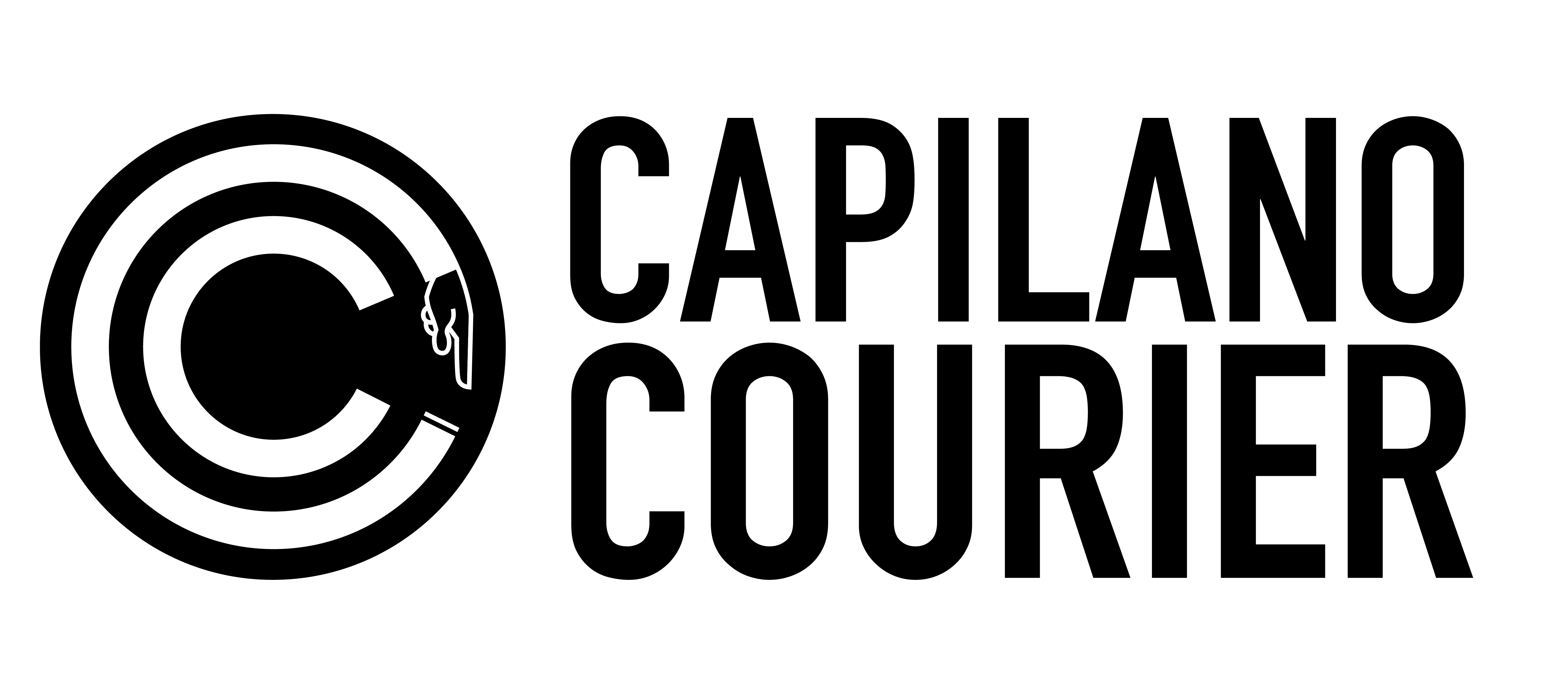What every consumer needs to know
Ayla Maxwell (she/her) // Contributor
Yohahnah Loker (she/her) // Illustrator
In 2024, big steps have been taken toward women’s equality, but there are still many examples of systemic misogyny all around. One area where sexism is very apparent is in the pricing of many items marketed towards women, known as the pink tax. This price markup is widely seen on hygiene and personal items, and is just one way that women continue to face sexism in day-to-day life.
The term ‘pink tax’ was coined to refer to how products designed for, and marketed towards women are sold at a higher price point than similar products marketed towards men. Have you ever seen a woman’s razor that cost a couple of dollars more than a man’s? Yep, that’s the good ol’ pink tax. A study in 2021 conducted by the Canadian media scraping company Parsehub, found that on average, women pay up to 51 per cent more on deodorant and 65 per cent more on body wash (numbers are per 100g of product).
But the pink tax doesn’t only affect hygiene products; the way that women have been conditioned to pay more for the same products goes far beyond these relatively cheap items. The pink tax affects things like clothes, haircuts, children’s toys and even car insurance payments.
So why does the pink tax exist in the first place? While the term was only invented in the 1990s, women’s products costing more than men’s has occurred since at least the early ‘90s. The notion that women are naturally more consumeristic than men is a well established stereotype, dating back to the early years of Western society. Simply put, companies figured out they could raise the prices of women’s products without anyone noticing.
In their minds, women didn’t care about price tags. The hope was that women would be so preoccupied shopping that they wouldn’t see that they were being up-sold. While this was an extremely sexist and misogynistic take, it worked—to an extent. The prices of women’s products went up and up, and even when women noticed the inflation, there wasn’t much that they could do about it.
Still, today, women are getting paid less than men but are expected to spend more. In 2021, a study by Statistics Canada reported that women, on average, are paid 89 cents for every dollar that men earn, and this statistic only gets worse when looking at the wages of Indigenous women and women who have immigrated to Canada. In addition, the pink tax predominantly affects lower-income women, as most products affected by the pink tax are necessities like soap.
Easy examples of the pink tax can also be found at any clothing retailer. For instance, at Levi’s, a pair of men’s 501 jeans would run you $99.95, whereas women’s 501 jeans cost almost twenty dollars more at $118.00. These two pairs of jeans are the same style, same size, and even the same wash, and yet the women’s pair is sold for much more.
Unfortunately, the pink tax affects children’s products as well. Canadian Tire sells a “Marvel Spider-Man kids’ bike” for $129.99 and a “Disney Princess kids’ bike” for a surprising $149.99, twenty dollars more than the bike targeted at young boys.
Some companies have begun to push for more inclusive pricing. Shoppers Drug Mart, for example, has ensured that any pain medication used to treat menstrual pain, like Advil and Naproxen, costs the same as the standard version of the product, marketed for headaches and inflammation.
In January of 2023, the state of California passed legislation banning price discrepancies based on gender; New York State has also passed a similar law. While minor changes like these are occurring, the Canadian government has not done anything federally to stop the pink tax.
While this topic can be incredibly discouraging, there are a few things that can make buying women’s products more budget-friendly. Shopping around from store to store, while more time-consuming, can ensure you get the best deal. Many women opt to buy men’s products instead, as this is a surefire way to avoid the tax.
While there is currently no pending legislation in B.C. discussing the pink tax, the best way to create change is by keeping an eye out for politicians and representatives who echo these concerns. Additionally, supporting stores that have eliminated these taxes will urge other companies to follow suit. While there is no black-and-white solution for this issue, learning, discussing and advocating for change is the best way to ensure that change is made.





